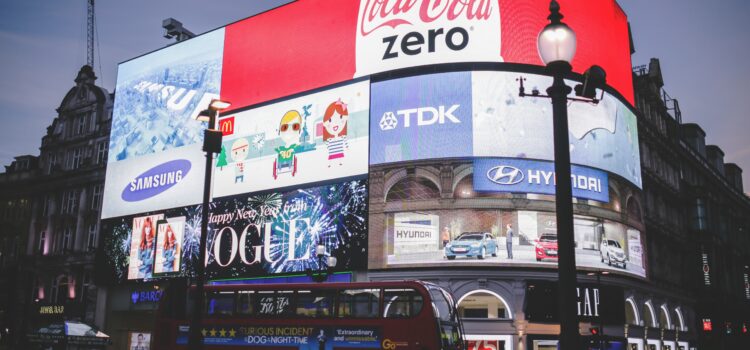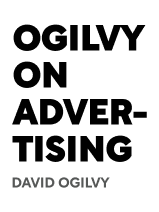

This article is an excerpt from the Shortform book guide to "Ogilvy On Advertising" by David Ogilvy. Shortform has the world's best summaries and analyses of books you should be reading.
Like this article? Sign up for a free trial here .
What is dishonest advertising? How can advertisers keep ads from being dishonest?
People are understandably uncomfortable with dishonest advertising. In Ogilvy on Advertising, David Ogilvy claims that lying in ads is very difficult because ads go through many channels of approval.
Read more about dishonest advertising and why it matters.
Dishonest Advertising
Even if advertisers truly were as unscrupulous as the public seems to believe, it’s very hard to lie in advertisements. Ads are subject to many codes and go through several levels of approval before they’re allowed to run, including vetting by lawyers, the National Association of Broadcasters, and other organizations.
If an ad is accused of breaking a code, authorities such as the Better Business Bureau, National Advertising Review Board, and Advertising Standards Authority review the ads. If they turn up a violation, the Federal Trade Commission will prosecute. This is true dishonest advertising.
Advertising to Children
There are even more regulations that advertisers must adhere to when targeting children. Ogilvy mentions several prohibitions at the time of the book’s publication. This makes it hard to have dishonest ads. Ads weren’t allowed to:
- Tell children to ask their mothers to buy a product.
- Tell or imply that having the product makes them better than other children, or that other children won’t like them if they don’t have it.
- Show war, violence, danger, or anything too frightening.
- Show props or costumes that don’t come with the toy that aren’t common household items.
Ads had to:
- Disclose if additional products (such as batteries) were needed to make a product work the same way it did in an advertisement.
- Show a realistic play environment.
- If the product was breakfast food, there had to be both an audio and video explanation of how it fit into a balanced diet.
Political Advertising
Interestingly, the one type of advertising that has no regulatory overview is political and governmental advertising (such as for government bonds). This is because political advertising is “protected speech” according to the First Amendment. Networks were forced to run all the political commercials they received, regardless of whether they broke the codes consumer commercials have to adhere to. This can lead to dishonest ads.
As a result, political advertising could be dishonest. For example, in the 1964 presidential campaign, Lyndon Johnson made commercials that attacked his opponent Barry Goldwater. The commercials made Goldwater seem trigger-happy and dishonest by purposely taking some of Goldwater’s remarks out of context.
Ogilvy argues that this kind of advertising is evil and would be considered dishonest ads.

———End of Preview———
Like what you just read? Read the rest of the world's best book summary and analysis of David Ogilvy's "Ogilvy On Advertising" at Shortform .
Here's what you'll find in our full Ogilvy On Advertising summary :
- What the "father of advertising" has learned from his decades' of experience
- How to craft easy-to-understand ads that work
- The 6 pioneers of the advertising industry






